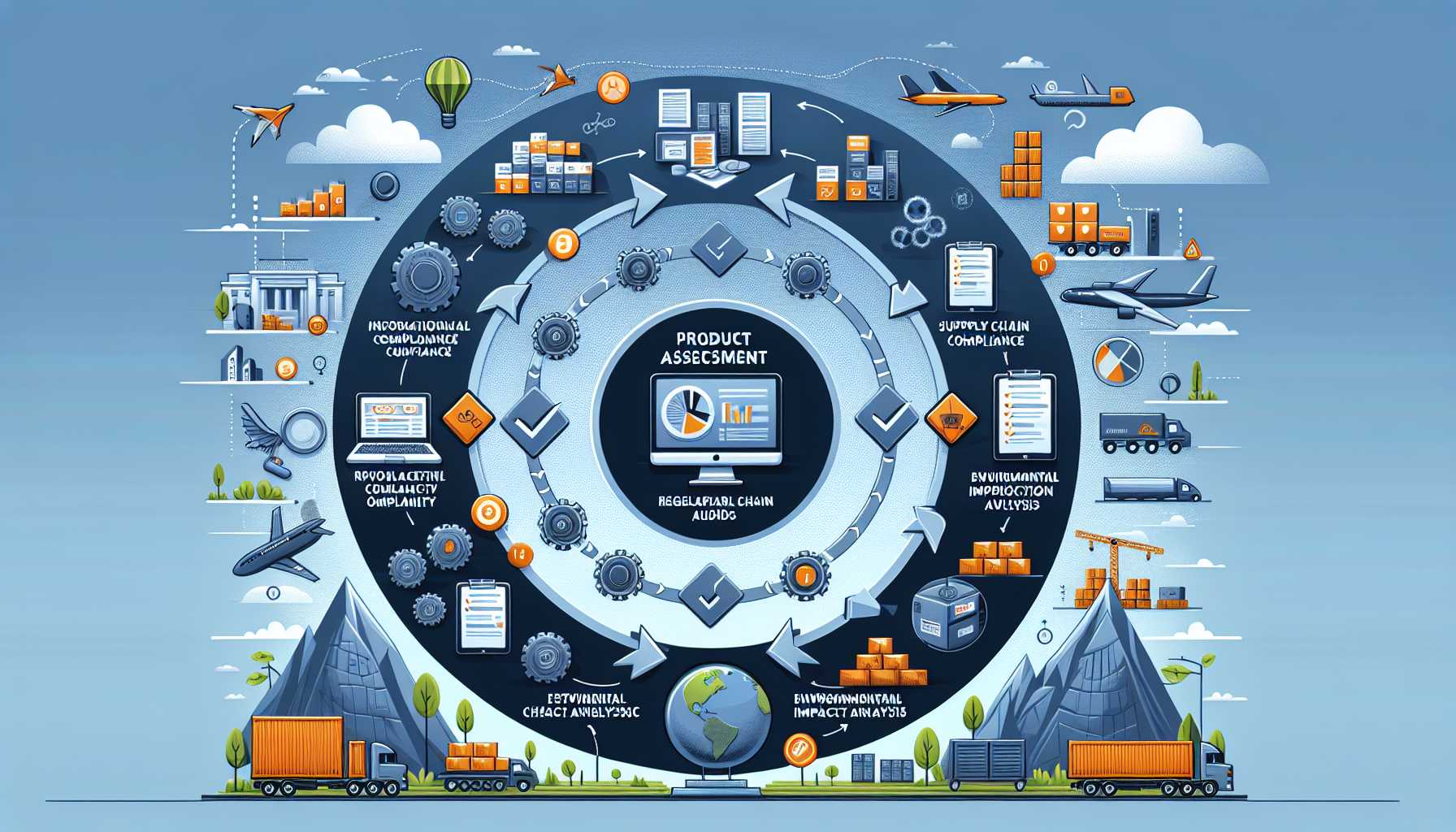Greetings to my fellow product management veterans. Today, we are circling back to a topic that, while not the most glamorous, remains one of our most profound responsibilities – product safety and sustainability. In our pursuit to innovate and race ahead, how often do we circle back to ensure we’re not leaving a trail of hazards in our wake? This reflection does not stem from textbooks but from real trenches where we gained hard-earned victories and faced unexpected setbacks.

Understanding the Gravity of Product Safety
My journey with product safety began with an incident early in my career, when a minor overlook on compliance led to a sizeable product recall. It was a stark reminder that our decisions reverberate across a complex network of stakeholders: consumers, the environment, and our brand’s integrity. Here’s a distillation of the approaches and frameworks that guided me thereon.
Assessing the Risks: Frameworks and Tools
First things first, we as product leaders must create robust risk assessment protocols. Utilizing frameworks such as Failure Mode and Effects Analysis (FMEA) has been instrumental in preemptively identifying potential failure modes in products and their impact on safety. Pairing FMEA with a structured approach to Hazard Analysis and Critical Control Points (HACCP) can cover multiple angles, especially for products where safety is tantamount to life or death.
Building a Culture of Safety First
But, frameworks are only as good as the culture that embodies them. Throughout my career, I have been a fervent advocate for instilling a ‘safety-first’ mindset within product teams. Encouraging open dialogues about safety, providing training, and establishing clear lines of accountability are indispensable staples.
End-to-End Supply Chain Scrutiny
Real-world safety transcends the confines of design documents. It rests heavily on ensuring that every component wired into your product holds up to the most rigorous standards. Partnering with suppliers who shared our safety ethos, conducting regular audits, and certifying raw materials were some of the to-dos that became non-negotiables.
Iterative Compliance and Evolving Standards
Regulatory landscapes are not static; they evolve as we continue to push the boundaries of technology. Hence, staying agile and adapting to the latest standards, be it GDPR for data protection or RoHS for hazardous substances, required setting up an observatory function within the teams I’ve led. Periodic compliance reviews have not been optional exercises but calendared events.
The Environmental Footprint
In recent years, the lens of product safety has expanded to include a product’s environmental impact. Here, utilizing Life Cycle Assessments (LCAs) was a game-changer. We gauged not only the immediate operational impacts but also how products could be recycled or decommissioned safely.
Real-World Chronicles: Lessons from the Field
Now, let’s pivot to narratives from my memory vault, where safety paradigms were put to the test.
Case Study 1: The Near Miss
I recall steering a project where hardware obsolescence precipitated a substitution in materials. Despite pressures to expedite, we adhered to our safety validation protocols. This due diligence paid off when tests revealed a potential for overheating, averting what could have been a substantial hazard. The lesson was clear: Shortcuts on safety are detours to disaster.
Case Study 2: Sustainability as Strategy
In another chapter, I was part of an initiative to revamp product packaging to reduce environmental impact. This was not simply a compliance directive but a strategic move to align with our consumer ethos. The switch yielded dual wins: enhancing safety during transportation and elevating our brand commitment to sustainability.
Navigating Uncharted Waters
Foresight in product safety means not only navigating current regulations and standards but also anticipating the uncharted. Whether it’s emerging tech in AI or biotech, we have to pioneer our paths in safety. In these realms, I’ve seen firsthand the benefit of engaging with ethicists, policy makers, and industry consortiums to forge best practices where none previously existed.
Final Thoughts
In closing, remember that safety is not a destination but a continuous journey. As product leaders, we bear the compass that directs not just market success but safeguards the well-being of users and ecosystems alike. Let’s commit to a lineage of products that we can not only be proud of for their innovation but also for their integrity and safety.
To my peers in arms who continue to grapple with the gravity of these challenges, I hope my experiences offer some solace and sparks of insight as you forge ahead in your odysseys.
